As I evaluate the player’s strides at our Testing and Evaluation Camp over the holiday break, I noticed that many players have the same flaws in their skating stride. First, there is the lack of knee bend in many players. To achieve the proper ninety degree knee bend in your glide leg, you must build up your core muscles and your quadricep (thigh) muscles. Your legs have to be strong enough to withhold your body weight on that glide leg while your stride leg is pushing. Developing a strong core is important for skating as it allows the player to initiate, transfer, and maintain continuous power in their stride – stride after stride, shift after shift. If you do not have proper knee bend, you will not have a long stride, nor a powerful stride. The second mistake that I notice in the stride is the recovery. Many Russian instructors ignore the recovery or just don’t believe the importance of it. You have to bring your skates back together, to the center line of your body after each stride to load up the next stride. If not, you will be what we call, “railroading” and taking short choppy inefficient strides. The players who do not recover properly will tire out much sooner than a player that recovers. The recovery is what creates a long, powerful, and efficient stride. The third common mistake that I notice is the forward lean, bending too much at the waist. You should be bent over just so that your chin is above your knee. If you bend beyond your knees, you cannot push on a forty-five degree angle for maximum power. You will be pushing straight back and not getting any power from your inside edge. If you want to be a faster and more efficient skater, you must correct these three aspects of your stride and watch your speed and your game benefit from it. 

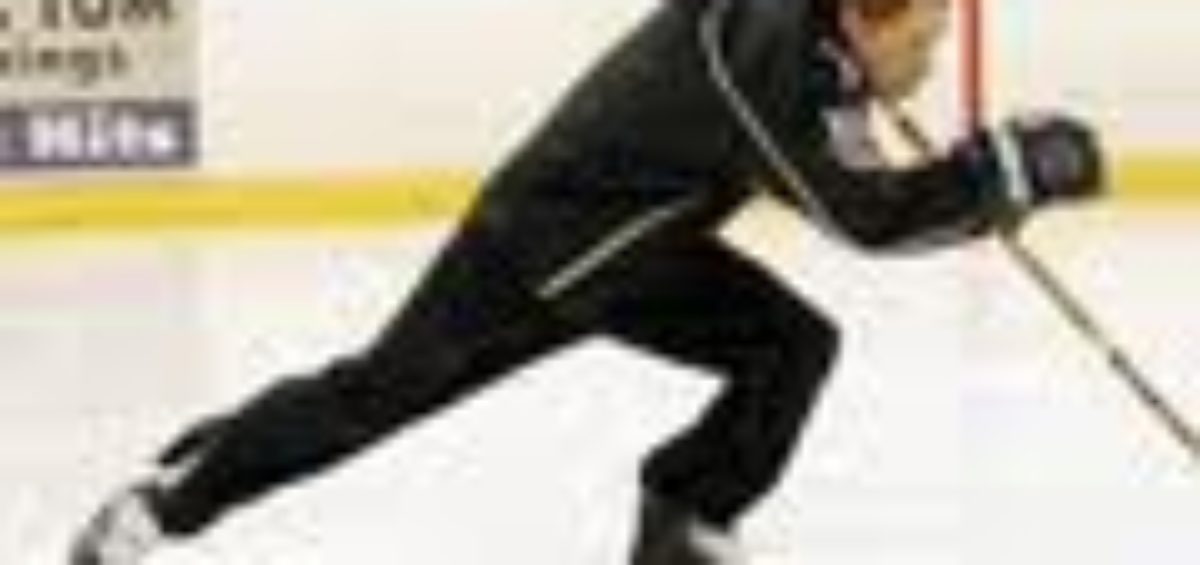
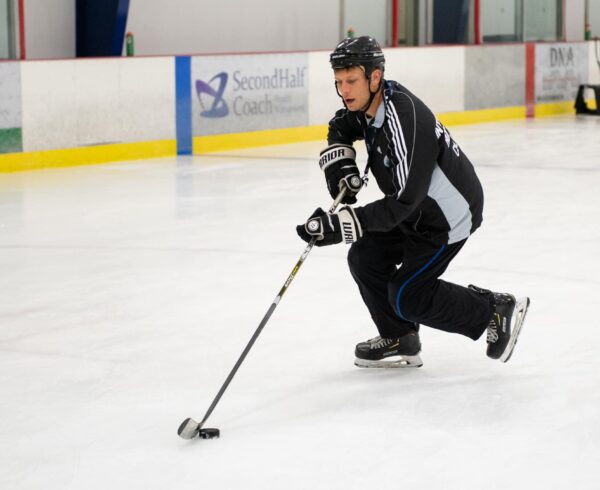
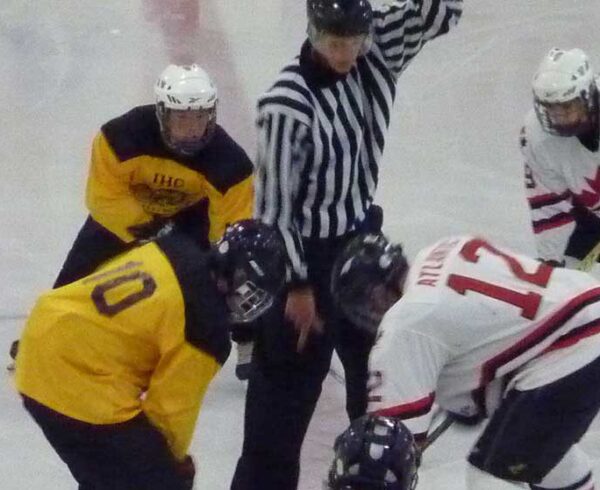
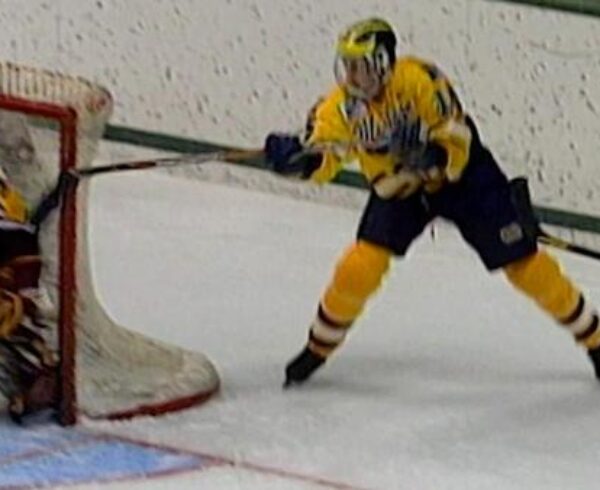
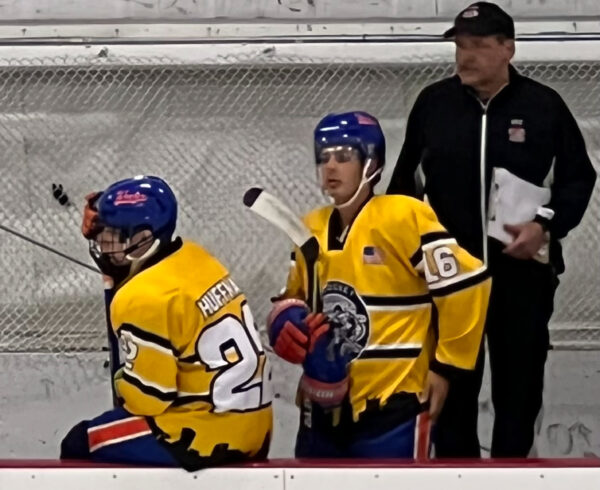
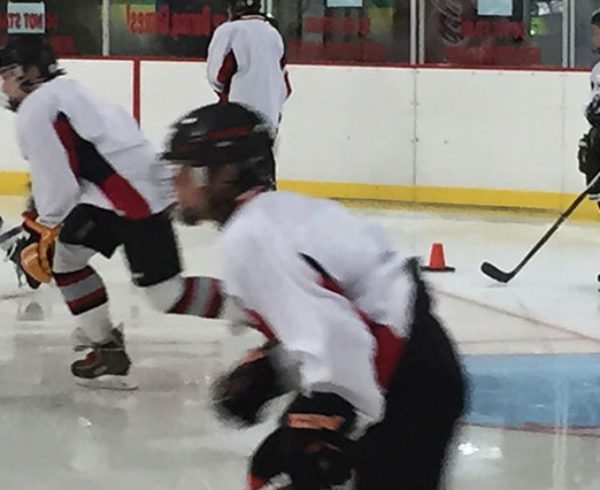
Leave a Comment